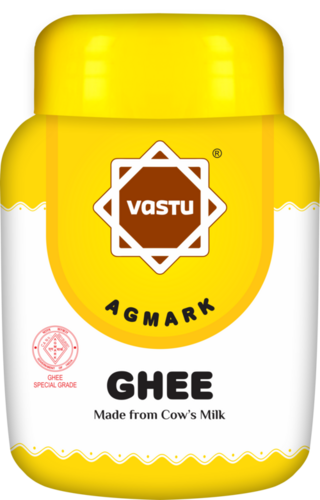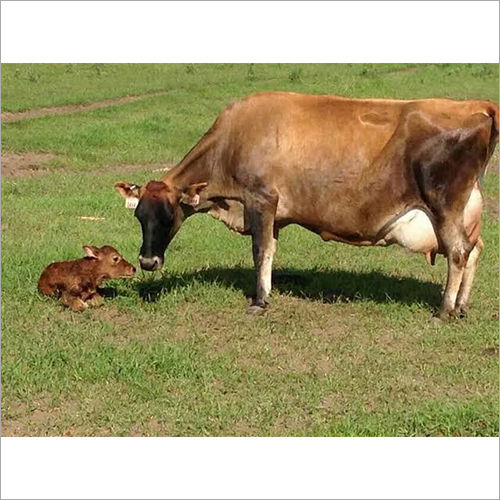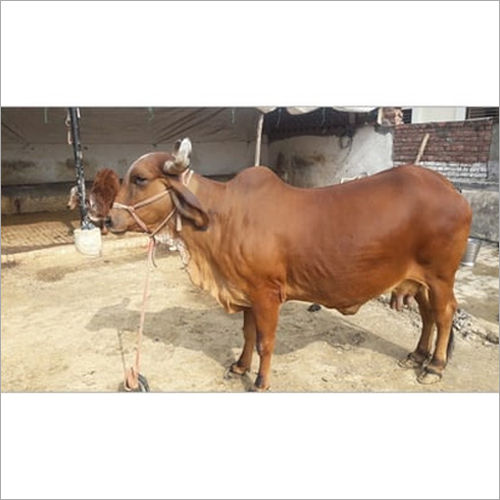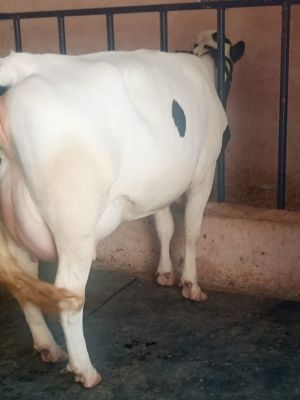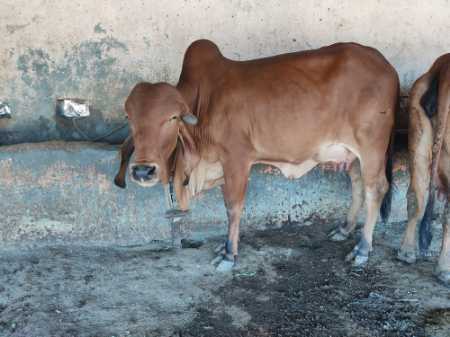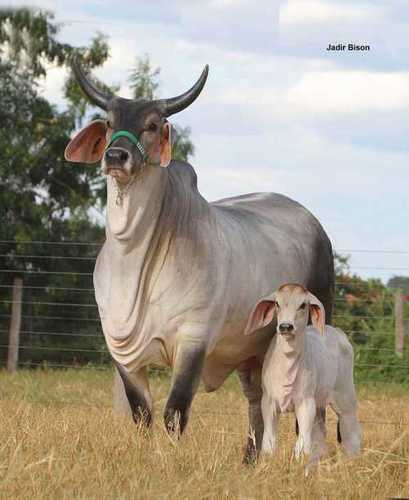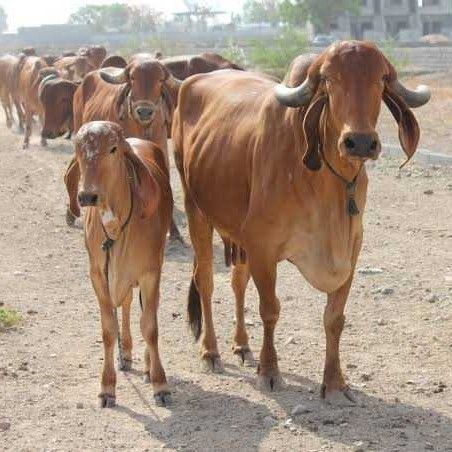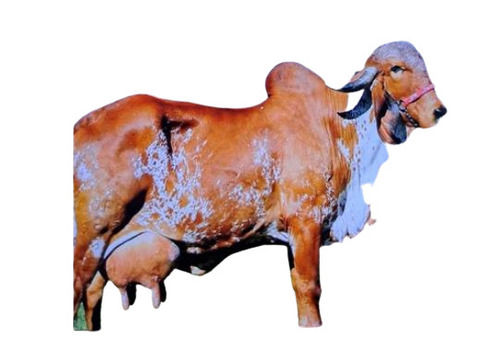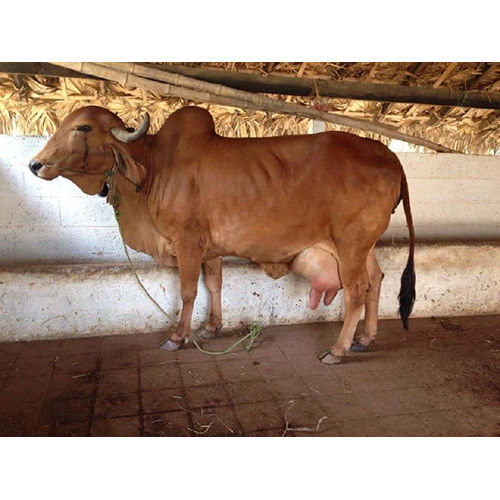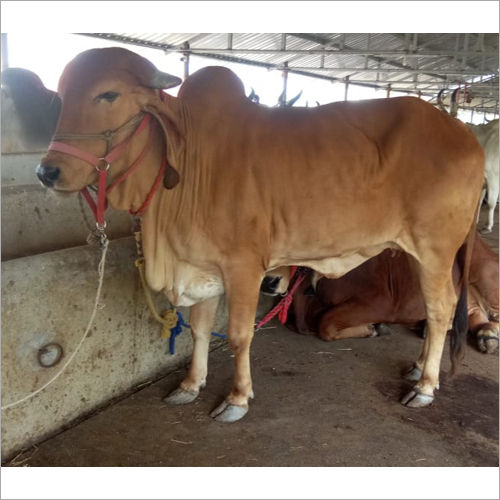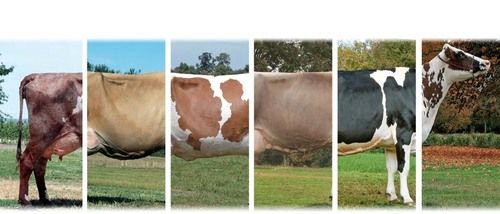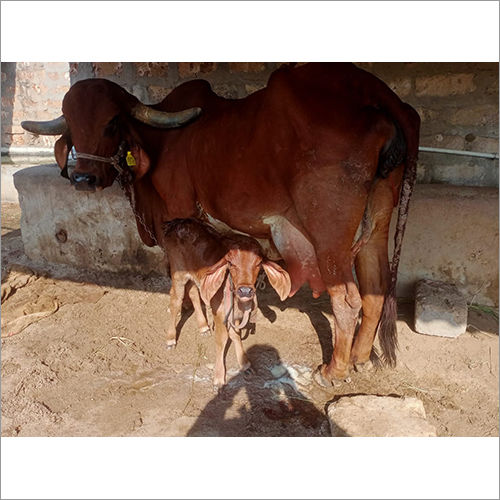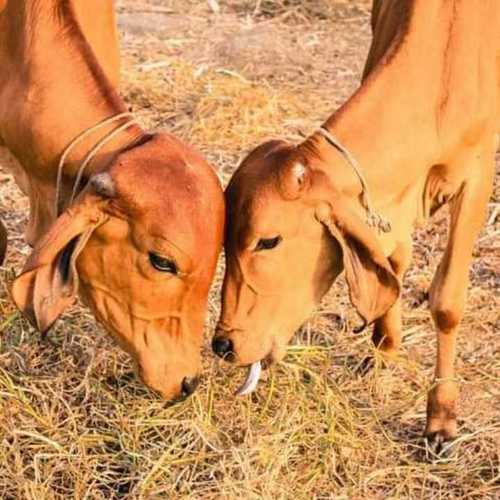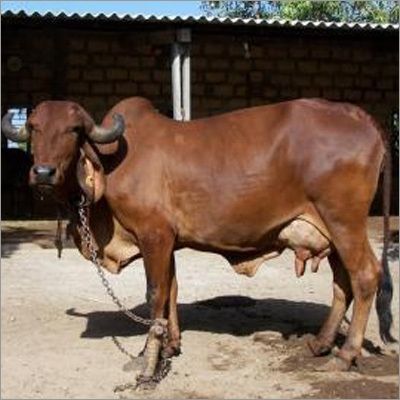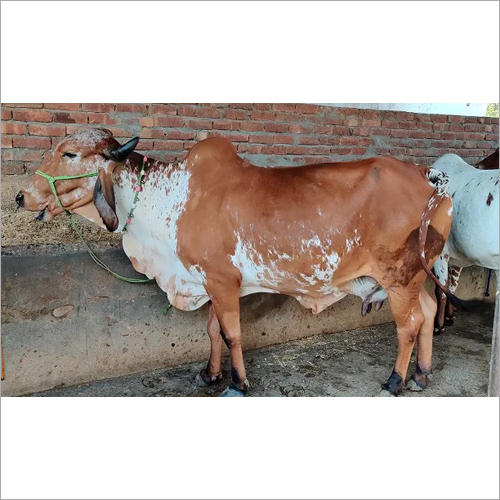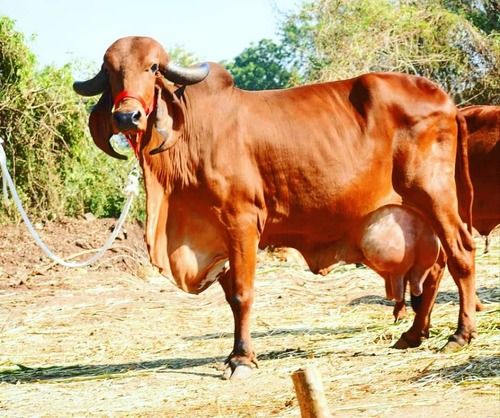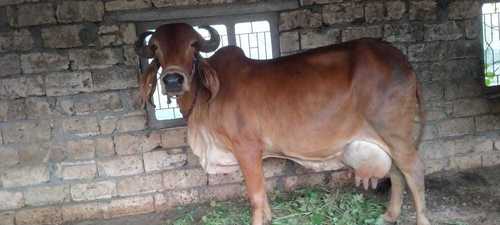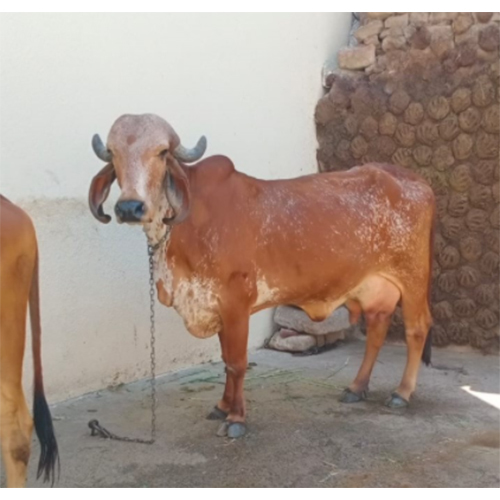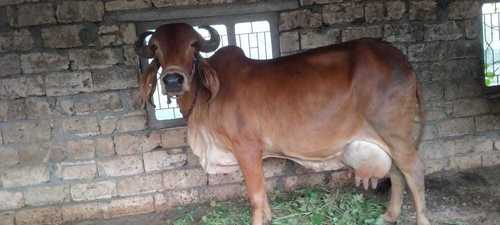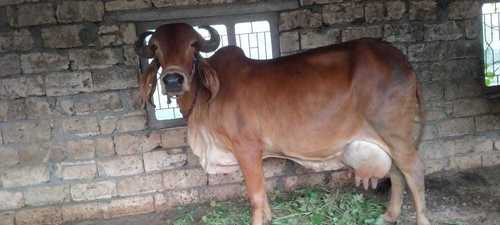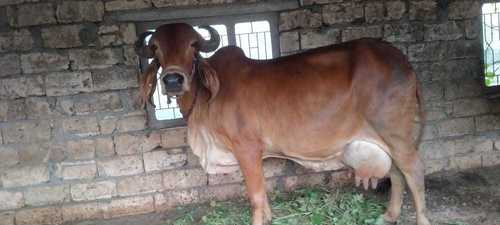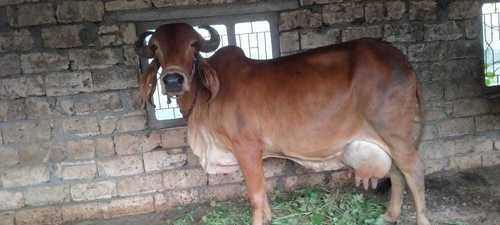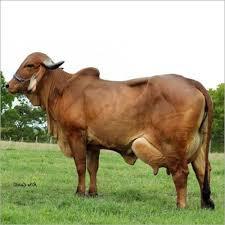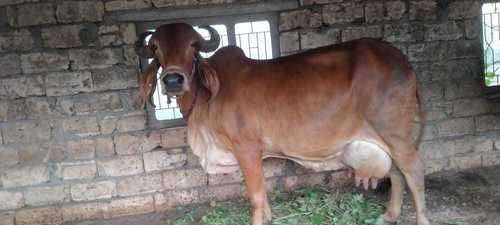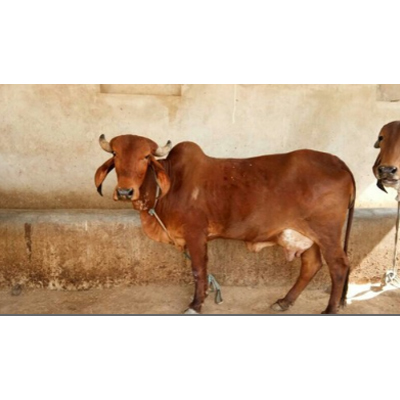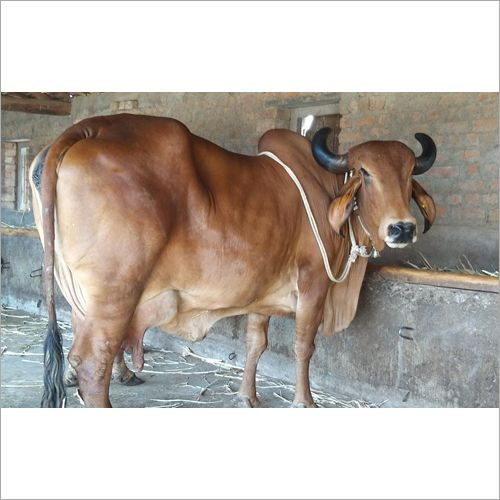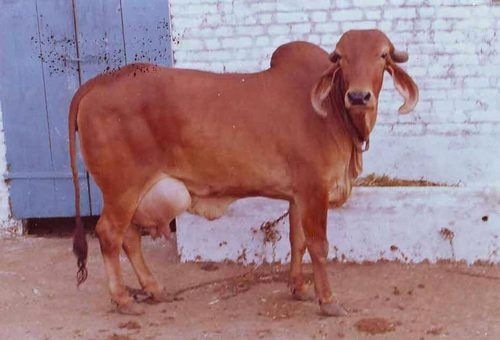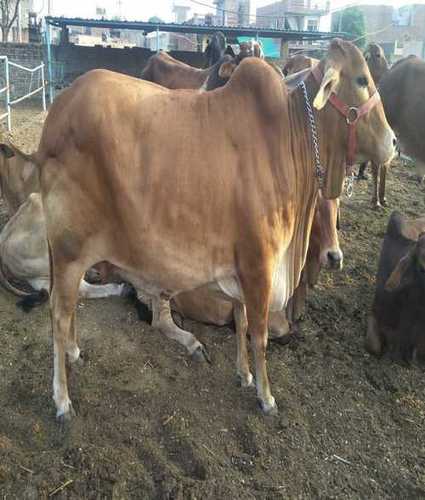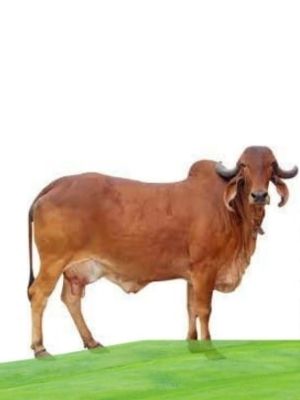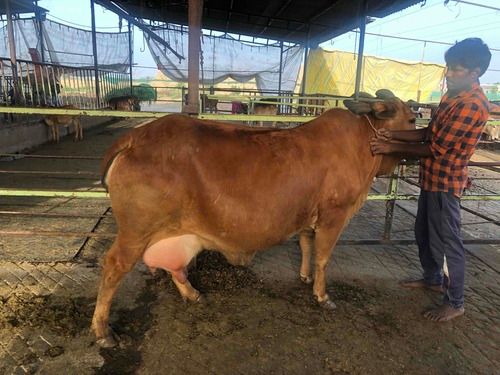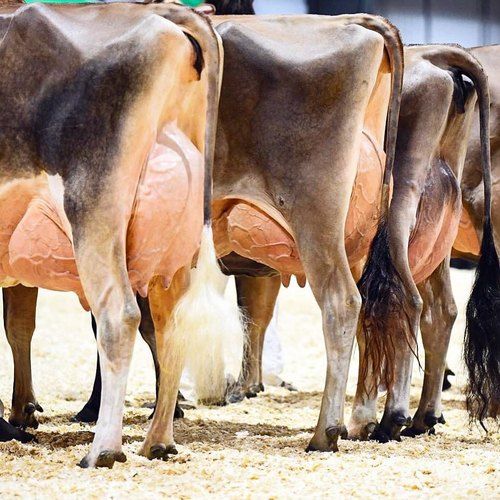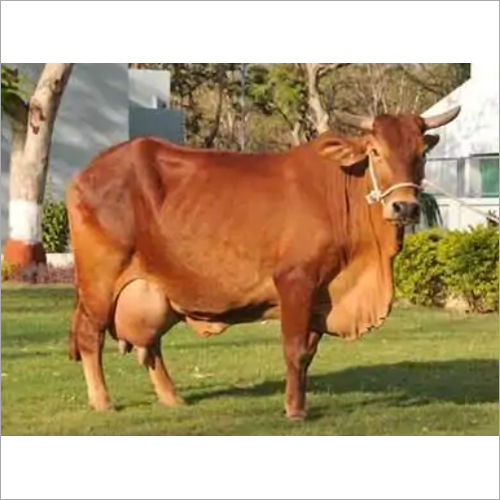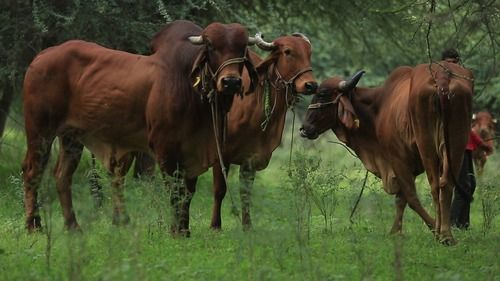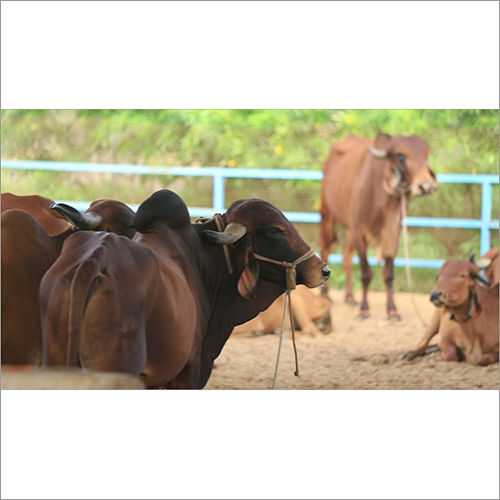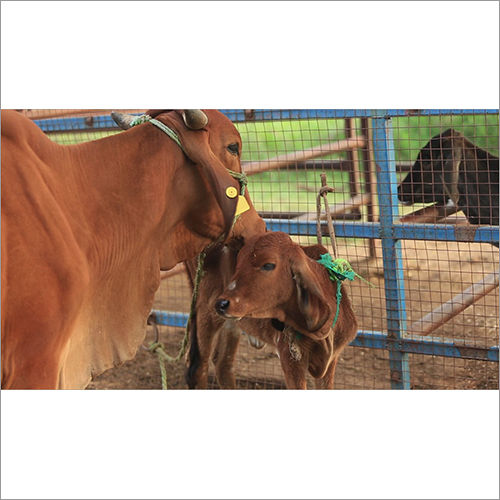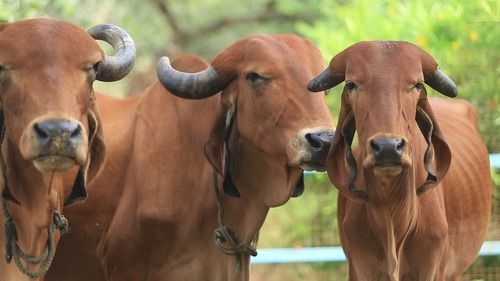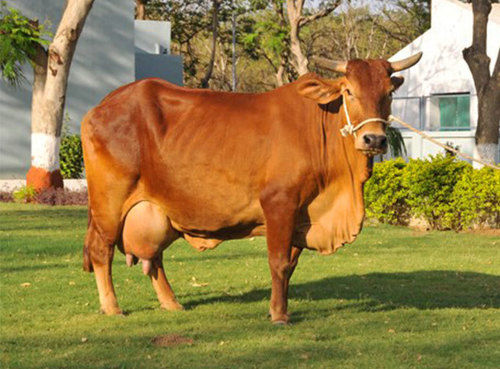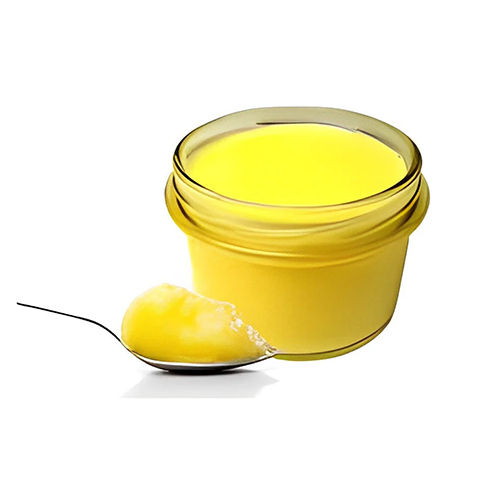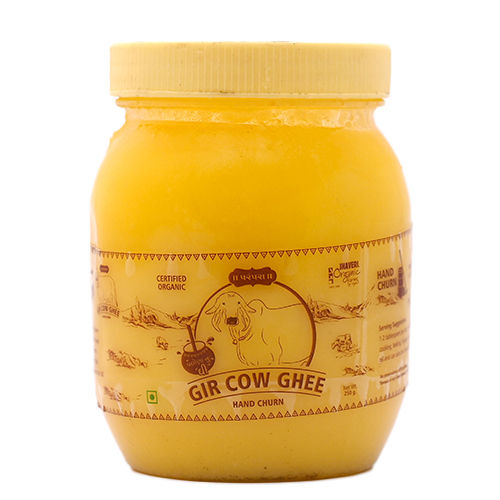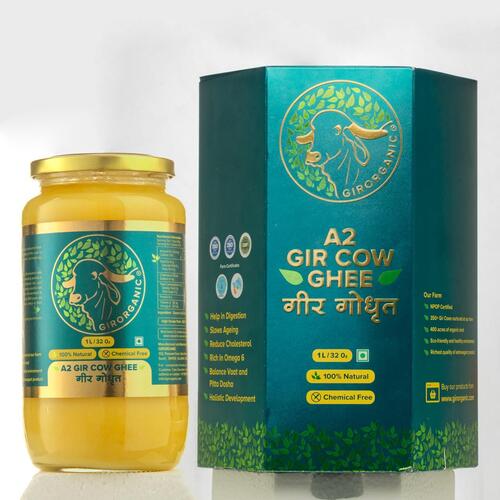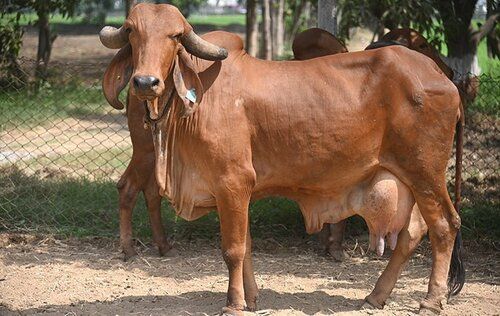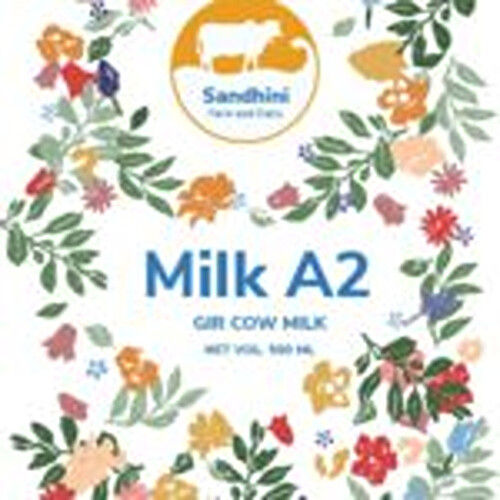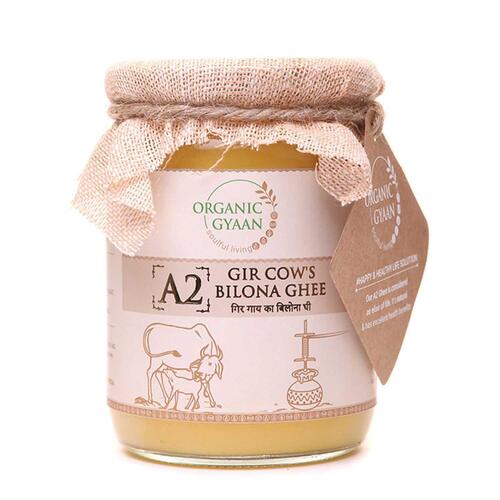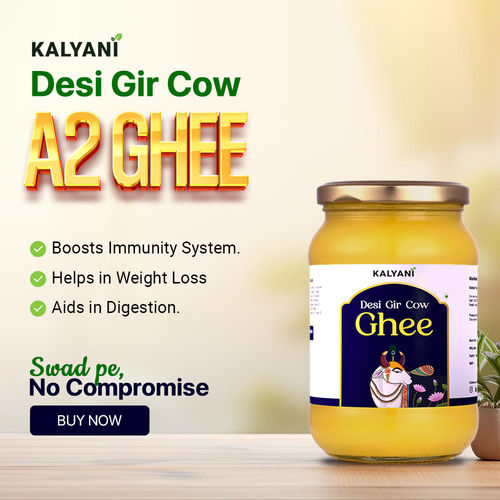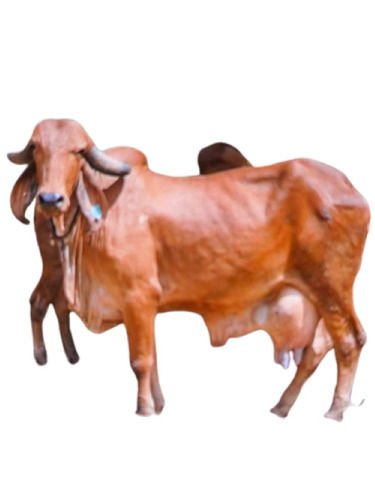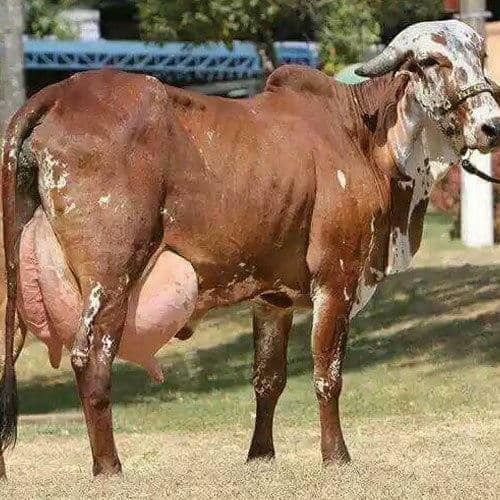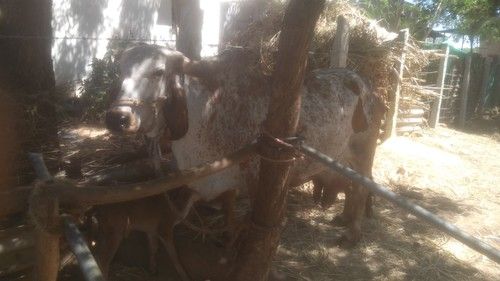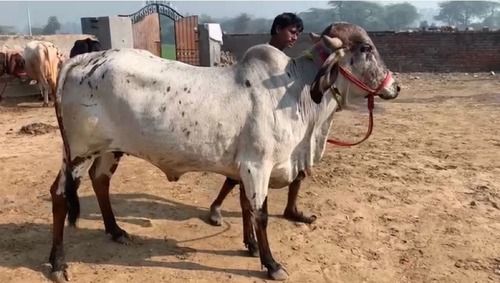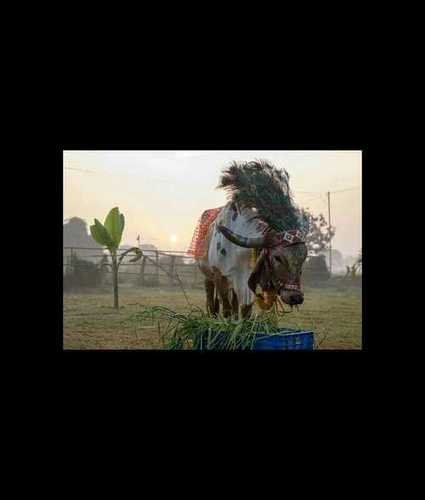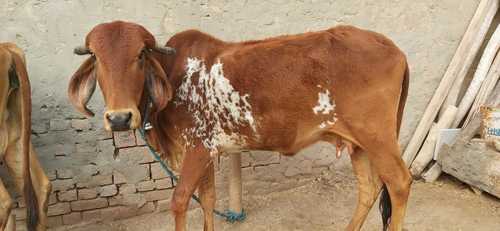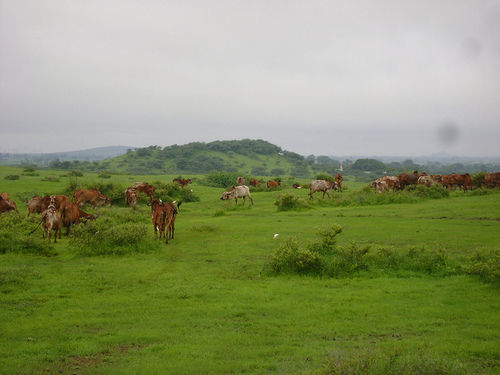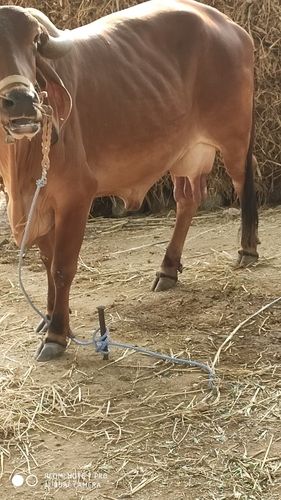- Tradeindia
- Livestock
- Gir Cow
Gir Cow
(153 products)1 Ltr Vastu Pure Cow Ghee Jar Age Group: Old-Aged
Price: 800 INR/Liter
MOQ50 Liter/Liters
Coloryellow,white
Product TypeOther
Milk TypeOther
Different Available Brown Gir Cow
MOQ10 Unit/Units
Product TypeLivestock
Commercial UsesDairy Farm
BreedDifferent Available
Brown Gir Cow
Price: 60000 INR/Piece
MOQ2 Piece/Pieces
ColorBrown
Product TypeGIR Cow
Weight200-300 Kilograms (kg)
Brown High Pedigree Pure Blood Line Gir Cows
Price Trend: 65000.00 - 70000.00 INR/Number
MOQ1 Number
Product TypeLivestock
Commercial UsesDairy
ColorBrown
Brown Dairy Gir Cow
Price: 40000 INR/Unit
MOQ10 Unit/Units
Product TypeDairy Cow
Commercial UsesDairy Farms
Weight550 Kilograms (kg)
Gir Cow
Price: 65000.00 INR/Unit
MOQ1 Number
Supply Ability1000 Per Day
Delivery Time1 Days
Main Domestic MarketAll India
Brown Original Gir Cow
Price Trend: 50000.00 - 80000.00 INR/Piece
MOQ1 , Piece/Pieces
Product TypeCow
ColorBrown
BreedGir
Red Brown Indian Gir Cow
Price: 50000.00 INR/Piece
MOQ1 Piece/Pieces
Colorred brown
Product Typegir cow
Commercial Usesyes
Original Gir Cow
Price: 60000.00 INR/Piece
MOQ1 Piece/Pieces
Product DescriptionOriginal Gir Cow
Pure Gir Cow
Price: 60000 INR/Unit
MOQ10 Unit/Units
Product TypeCow
Commercial UsesDairy
AgeAdult
Top Rated Products
FAQs Related to Gir Cow
The daily milk output of a Gir Cow is typically between 6 and 10 litres. The cow population in India is likewise thriving and doing extremely well. In Brazil, each lactation results in an average production of 3,500 kg of milk. The typical lifetime of Gir cattle is somewhere between 12 and 15 years.
Depending on factors like milk output, age, lactation stage, and pregnancy status, the price of a Gir cow may range anywhere from one to 2 lakh rupees. In general, the price of a pregnant Gir cow is more than the price of a dry cow. A Gir bull that is both healthy and young will run you somewhere in the same price range as a Gir cow.
The Gir breed of cattle is a common variety of dairy cows that was developed in India. The Gir hills and woodlands are the natural habitats of the Gir cattle, which can only be found there. The Channel Islands, the United States of America, Australia, and other places have a significant population of hybrid cows.
Original Gir Cow
Price Trend: 62000.00 - 80000.00 INR/Piece
MOQ1 Piece/Pieces
Supply Ability200 Per Day
Delivery Time5 Days
Brown Gir Cow
Price Trend: 40000.00 - 50000.00 INR/Piece
MOQ10 , Piece/Pieces
Payment TermsCash Advance (CA)
Supply Ability500 Per Day
Delivery Time1 Week
Sahiwal Cow
Product DescriptionGir Cattle Characteristics. Gir cattle are distinctive in appearance and a heavy breed. Their body is well proportioned and the udder in cows is well developed and round. Their body color is shining red to spotted white and have long ears
Brown High Milking Production Gir Cow
Price: 60000.00 INR/Piece
MOQ1 Piece/Pieces
ColorBrown
Product TypeGir Cow
Commercial UsesDairy
Brown Pure Gir Cow
Price: 50000 INR/Piece
MOQ10 , Piece/Pieces
ColorBrown
Product TypeCattle
BreedGir
Brown Gir Cow
Price: 40000 INR/Pair
MOQ1 Pair/Pairs
Supply Ability50 Per Month
Delivery Time1 Week
Gir Dairy Cow
Price: 65000 INR/Unit
MOQ01 Unit/Units
Product TypeGir Dairy Cow
ColorLight brown
BreedGir
Brown Disease Free Gir Cows
Price: 40000 INR/Piece
MOQ5 Piece/Pieces
ColorBrown
Product TypeGir Cows
Commercial UsesFarms
Healthy Gir Cow
Price: 39000 INR/Number
MOQ1 Number
Product TypeHealthy Gir Cow
Commercial UsesDairy, Farming, Etc
Weight600.00 Kilograms (kg)
Healthy Pregnant Holstein Heifers Dairy Cows Gender: Female
Price: 300 USD ($)/Piece
MOQ100 Piece/Pieces
Product TypeLive Animal
Commercial UsesDairy Business
Weight600 Kilograms (kg)
Gir Bull Best Breed
Price: 70000 INR/Unit
MOQ1 Unit/Units
Payment TermsCash in Advance (CID), Cash Advance (CA)
Supply Ability5 Per Month
Delivery Time10 Days
Steel High Breed Gir Cow
Payment TermsDelivery Point (DP), Days after Acceptance (DA), Cheque
Main Domestic MarketAll India
Latest from Gir Cow
Gir Cow Ghee
By:
Jhaveri Organic Farms
Sandhini A2 Cow Milk
By:
Gulhane Milk Products
Fiber Gir Cow Statue
By:
The Art Box Sculpting Studio
Desi Gir Cow A2 Ghee
By:
Kalyani Trading
Client Testimonials & Reviews

MrAmit
INNOVA DAIRY FARM
I am very happy for your working on my account. I am getting good response from your side. Thanks for your support.

SunilBhatia
BHATIA KENNEL
We connected with tradeindia.com last year and get enquiries from all over India, tradeindia is very good engine to connect with all over India. Now our dogs and product is export in all cities and state of India, so in short tradeindia.com is a very good engine to connect with all over world. Thanks tradeindia, We are Happy.

MrHarshit
HARSHIT GUPTA DAIRY FARM
We have associated with tradeindia and we are hoping that getting more benefits in this time.
Gir Cow Price List
Product Name | Expected Price |
|---|---|
| Dairy Gir Cow | 40000 |
| Gir Cow | 65000 |
| 5.5 Feet Gir Cow For Dairy Use | 65000 |
| Disease Free Brown Gir Cow | 75000 |
| Best Quality Gir Cow | 78000 |
| Gir Cow | 60000 |
| Indian Gir Cow | 30000 |
| Haryana Desi Cow | 30000 |
| Pure Gir Cow | 50000 |
| Gir Cow | 50000 |
This Data was Last Updated on 2024-12-13
Gir Cow Manufacturers | Suppliers in India
Company Name | Member Since |
|---|---|
Shree Radhe Dairy Farm & Foods Limited Surat, India | 9 Years |
Sakthi Cow Supplier Virudhunagar, India | 3 Years |
Vijay Dairy Farm Karnal, India | 2 Years |
Shri Krishna Dairy Farm Karnal, India | 2 Years |
Balaknath Dairy Farm Karnal, India | 2 Years |
Premi Dairy Farm Dabwali, India | 1 Years |
Upcoming Tradeshows
Gulfood 2025
Mon, 17 Feb, 2025 - Fri, 21 Feb, 2025
National Expo Raipur 2025
Sun, 19 Jan, 2025 - Wed, 22 Jan, 2025
International Crop Science Conference and Exhibition 2025
Tue, 21 Jan, 2025 - Wed, 22 Jan, 2025
LogiMAT India 2025
Thu, 13 Feb, 2025 - Sat, 15 Feb, 2025
WATER EXPO VIJAYAWADA 2025
Wed, 29 Jan, 2025 - Fri, 31 Jan, 2025
Printing South China 2025
Tue, 04 Mar, 2025 - Thu, 06 Mar, 2025
CHINA INTERNATIONAL FURNITURE FAIR 2025
Tue, 18 Mar, 2025 - Fri, 21 Mar, 2025
INDIA ART FESTIVAL 2024
Thu, 19 Dec, 2024 - Sun, 22 Dec, 2024
MachAuto 2025
Fri, 23 May, 2025 - Mon, 26 May, 2025
10th IMTOS-India Machine Tools Show 2025
Thu, 15 May, 2025 - Sun, 18 May, 2025
Popular Categories

